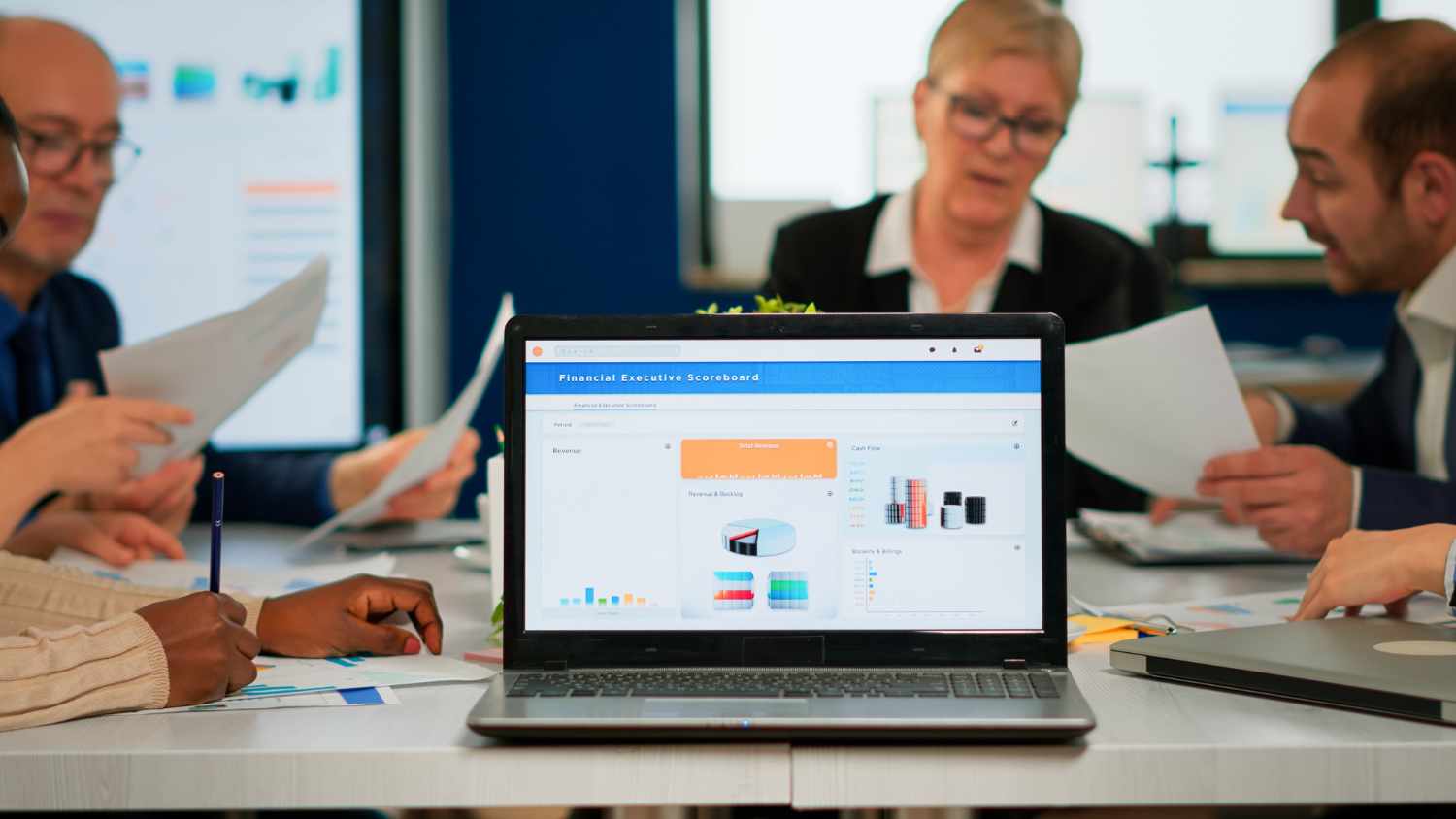You’ll encounter a variety of question formats, such as:
2D and 3D shape rotations: Visualizing how an object looks from different angles.
Mirror images: Identifying the correct reflection of a shape.
Pattern recognition: Finding the next item in a sequence.
Block counting: Determining how many blocks make up a structure.
Map reading: Interpreting directions and spatial layouts.
Key takeaway: Familiarize yourself with different question types to boost your confidence and performance.
Who Should Take a Spatial Reasoning Test?
Spatial reasoning aptitude tests are commonly used for:
Graduate recruitment programs
Technical and engineering roles
Management and executive positions
Sales and service jobs requiring problem-solving skills
RightPeople’s assessments are tailored for various industries and job levels, ensuring every candidate is evaluated fairly and accurately.



Write a comment ...